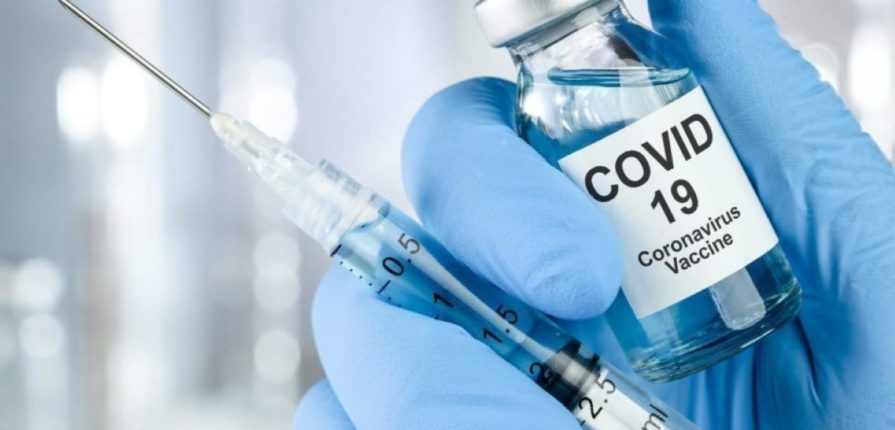It’s safe to say that the biggest news these days is the COVID-19 vaccine. When can you get it? Where can you get it? Why can’t you get it now?
Rest assured, everyone who wants a vaccine in the US will be able to get one by the summer. And the rollout is definitely ramping up. As of mid-February, nearly 72 million doses had been distributed and 55 million given.[1]
So what do vaccines have to do with mammograms? Well, turns out that you could get swollen lymph nodes in your armpits, also called axillary adenopathy, after receiving the Pfizer or Moderna vaccines. When seen on mammography and ultrasound, that swelling could be mistaken for cancer.
The Centers for Disease Control and Prevention reports that while pain at the injection site is the most common reaction to the vaccines, the second most common is swelling or tenderness under the armpit, where your lymph nodes are located. About 11.6 percent of people who received the vaccine so far experienced it two to three days after the first dose; and 16 percent after the second dose.
This type of reaction is quite common with all vaccines and are a sign that your body is mounting a strong immune response. That’s a good thing!
Rest assured, however: the COVID-19 vaccines are safe, with no evidence that they cause cancer. In fact, people with cancer are on the priority list to receive the vaccine. We just want you to be aware of this potential side effect. Your radiologist should be aware since the Society of Breast Imaging recently released a recommendation that women schedule their mammogram before they receive the first vaccine, if possible; or four to six weeks after receiving the second. If you do get a mammogram within that four-to-six-week window after your vaccine, let your healthcare provider know.
If you’ve had breast cancer, you are in the high-risk category and may able to receive a vaccine, depending on your state’s qualifications. A good site to find out where to sign up in your state is here: https://www.npr.org/sections/health-shots/2021/02/18/967448680/how-to-sign-up-for-a-covid-19-vaccine-in-your-state .
Other things to know if you have received or are currently receiving treatment for breast cancer:
- If you had your axillary lymph nodes removed on one side, get the vaccine on the other side. This helps reduce the risk of lymphedema. Make sure you tell the person administering the shot. If the lymph nodes were removed on both sides, ask your healthcare provider which side is best.
- The CDC recommends that most people with cancer still receive the vaccine. You are at particularly high risk for a severe case of COVID-19 if you are infected. However, if you’ve just received CAR T-cell therapy and immunosuppressive therapy you should delay the vaccine until at least 3 months after you’ve completed treatment. That’s because data from other vaccines shows that they are not as effective when you are immunosuppressed.
- The agency notes that the data on when to receive the vaccine is “less clear” for those receiving “aggressive” chemotherapy, such as induction therapy for leukemia, but doesn’t mention breast cancer treatment. So talk to your doctor.
Most important: Don’t skip either. You need the vaccine and you need your screening mammogram. After all, the mantra for 2021 is stay healthy!




Leave a Reply